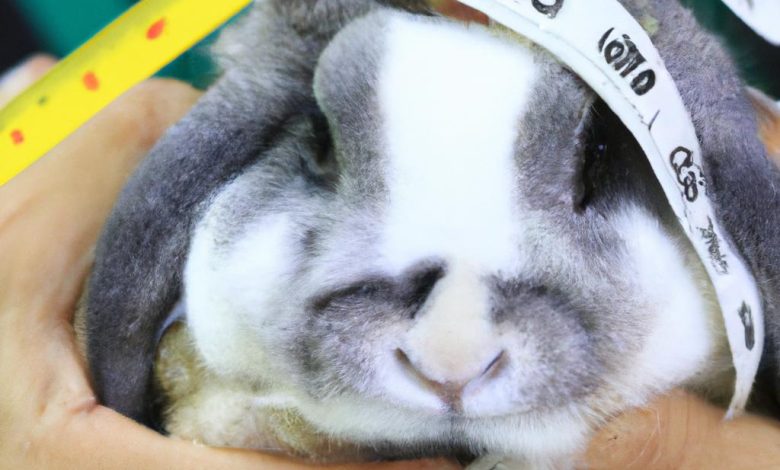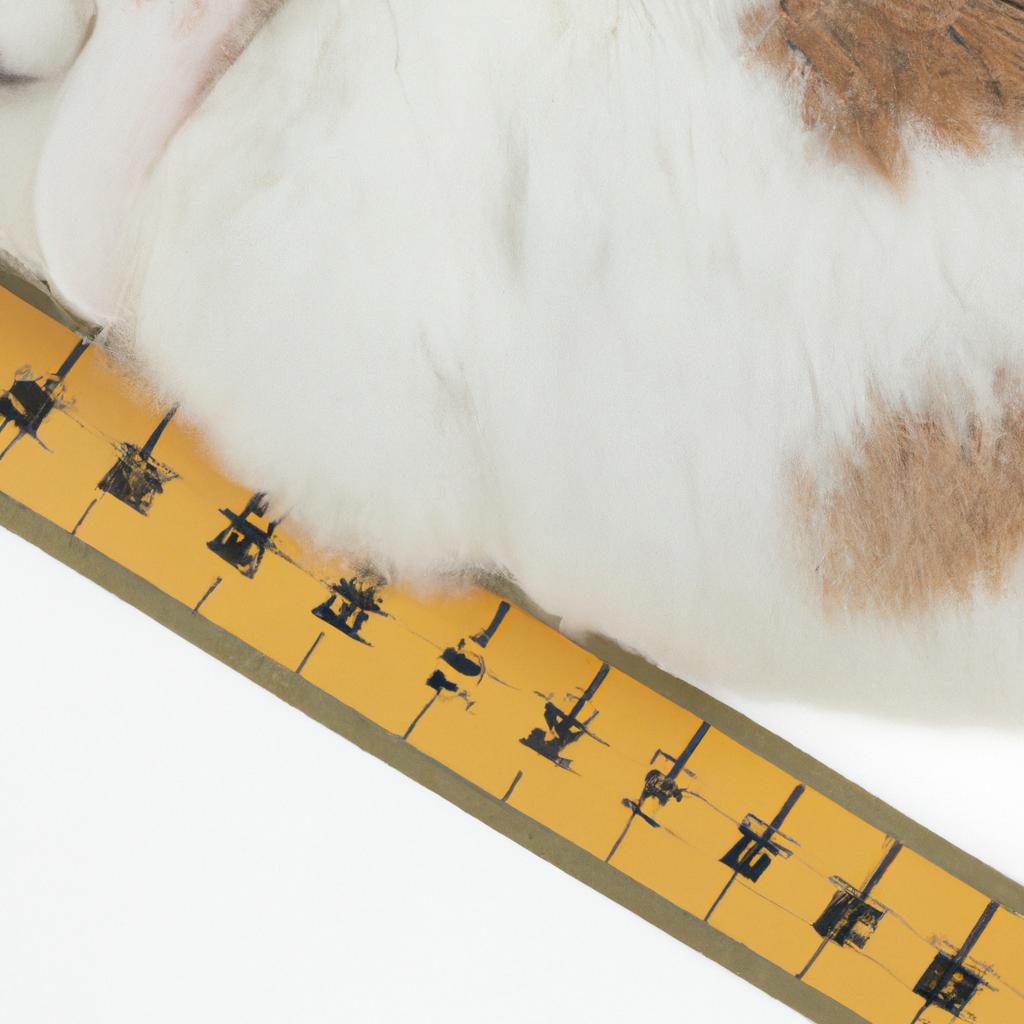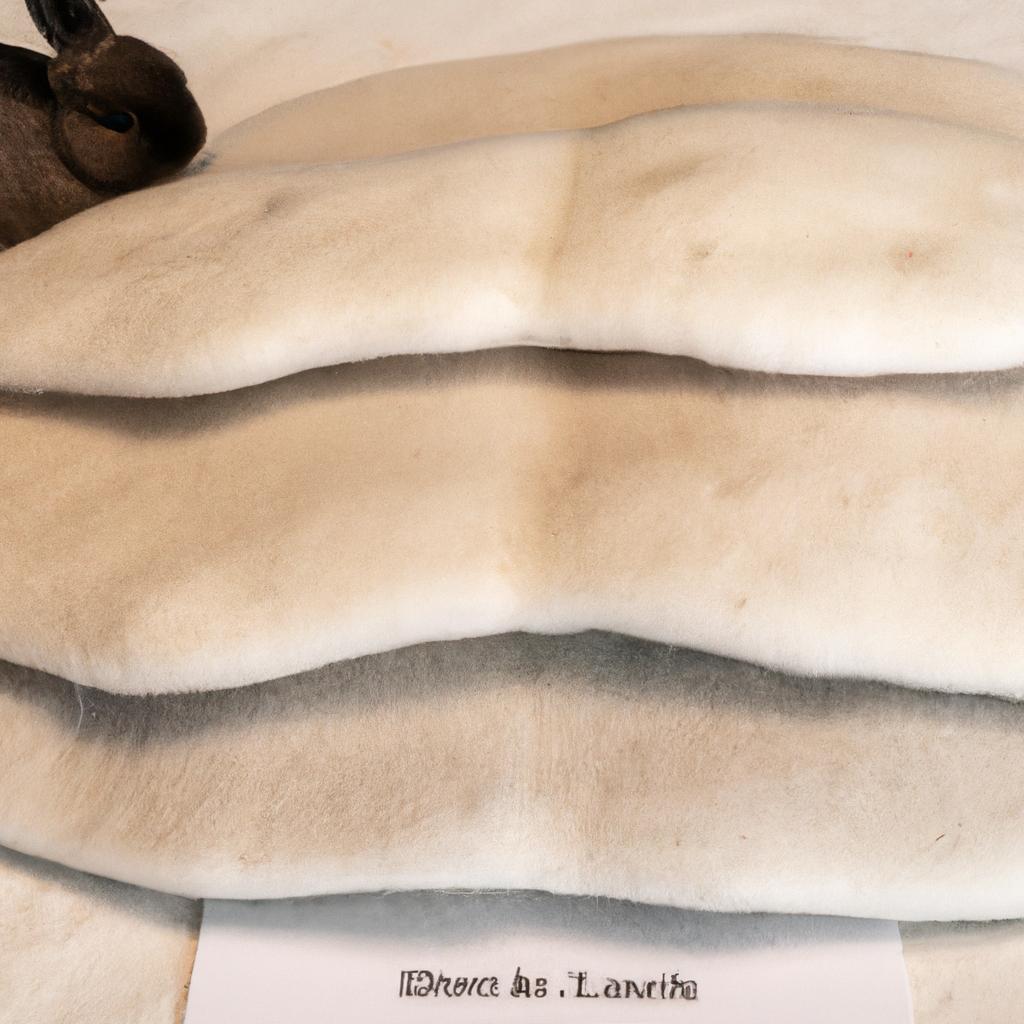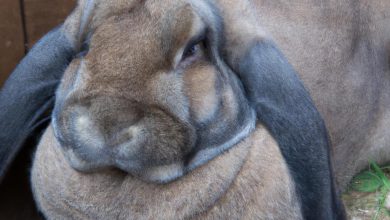Rabbit Skins Size Chart: The Ultimate Guide

Are you considering purchasing a rabbit skin for a project, but unsure of what size to order? Look no further than the rabbit skins size chart! This handy tool is essential for finding the perfect rabbit skin size for your needs.
Finding the right size chart can be a daunting task, but it’s crucial for ensuring your rabbit skin fits your project specifications. A poorly fitting skin can cause frustration and waste time, not to mention the expense of purchasing another skin.
In this guide, Rabbitfact‘ll cover everything you need to know about rabbit skins size charts. From understanding different types of rabbit skins to interpreting measurements, we’ve got you covered. So, let’s dive in and find the perfect rabbit skin for your next project!
Understanding Rabbit Skin Sizes

Rabbit skins come in various types, each with its unique characteristics. Understanding the different types of rabbit skins is critical when selecting the right size chart.
Types of Rabbit Skins
The most common types of rabbit skins include:
- Domestic rabbit skins: These are typically larger and have thicker fur than wild rabbit skins. Domestic rabbit skins also have more uniform sizes, making them easier to work with.
- Wild rabbit skins: Wild rabbit skins are smaller and often have thinner fur than domestic rabbit skins. They also come in varying sizes, making it essential to measure them accurately.
Factors that Affect Rabbit Skin Sizes
Several factors can affect the size of a rabbit skin. These include:
- Age: Younger rabbits typically have smaller skins than older rabbits.
- Breed: Different rabbit breeds have different skin sizes. It’s important to research the breed of your rabbit skin to ensure you select the right size chart.
- Gender: Male rabbits generally have larger skins than females.
- Season: Rabbit skins can vary in size depending on the time of year they were harvested. Skins harvested during the winter months tend to be larger than skins harvested during the summer.
By understanding the various types of rabbit skins and the factors that affect their sizes, you can select the perfect size chart for your project.
Why Use a Rabbit Skin Size Chart?

When it comes to purchasing a rabbit skin, using a size chart is essential for finding the perfect fit. Here are some benefits of using a rabbit skin size chart:
Benefits of Using a Rabbit Skin Size Chart
Accurate Measurements
A rabbit skin size chart provides accurate measurements, ensuring that you order the correct size for your project. This eliminates the frustration of receiving a skin that is too small or too large, which can be time-consuming and costly to f
Saves Time and Money
Using a rabbit skin size chart can save you time and money in the long run. By ordering the correct size the first time, you avoid the hassle of returning or exchanging the skin, which can be expensive and time-consuming.
Customizable Options
Some rabbit skin size charts offer customizable options, allowing you to select the exact specifications you need for your project. This ensures that you receive a rabbit skin that fits your project requirements perfectly.
How to Measure Your Rabbit Skin
In order to use a rabbit skin size chart effectively, you need to know how to measure your rabbit skin. Here are some steps to follow:
Step 1: Lay the Skin Flat
Lay the rabbit skin flat on a table or other surface, with the fur side facing down.
Step 2: Measure the Length
Measure the length of the skin from the tip of the nose to the base of the tail.
Step 3: Measure the Width
Measure the width of the skin at the widest point.
Step 4: Use the Size Chart
Once you have your measurements, use the rabbit skin size chart to find the correct size for your project.
By using a rabbit skin size chart and measuring your skin correctly, you can ensure that your project is a success.
Common Rabbit Skin Size Chart Measurements
If you’re new to working with rabbit skins, interpreting the measurements on a rabbit skin size chart can be confusing. But fear not, we’re here to help you understand the most common measurements found on these charts.
Typical Measurements Included in Rabbit Skin Size Charts
Rabbit skin size charts typically include the following measurements:
- Length: This measurement refers to the length of the rabbit skin, from the nose to the base of the tail.
- Width: The width measurement is taken at the widest point of the rabbit skin.
- Belly Width: The belly width is the width of the skin at the widest point of the belly.
- Neck Width: The neck width is the width of the skin at the widest point of the neck.
- Leg Length: The leg length measurement is taken from the base of the tail to the hock joint.
How to Interpret Rabbit Skin Size Chart Measurements
Interpreting rabbit skin size chart measurements is essential for finding the perfect skin for your project. Here are a few tips to help you interpret these measurements:
- Compare the measurements to your project specifications: Before purchasing a rabbit skin, compare the measurements on the size chart to your project specifications to ensure the skin will fit your needs.
- Consider the intended use: Different projects may require different measurements. For example, a hat may require a smaller skin than a rug.
- Take into account the shape of the skin: The shape of the skin can affect how it fits into your project. A skin with a narrower belly width may be better suited for a smaller project, while a skin with a wider belly width may be better suited for a larger project.
By understanding these common measurements and how to interpret them, you’ll be able to confidently select the perfect rabbit skin for your project.
Tips for Choosing the Right Rabbit Skin Size
When selecting a rabbit skin size, there are several factors to consider. Here are some useful tips to help you make the right choice:
Factors to Consider When Selecting a Rabbit Skin Size
- Purpose: What will the rabbit skin be used for? If you’re making a small craft project, a smaller size may suffice. However, if you need a larger skin for a blanket or rug, you’ll need to opt for a bigger size.
- Type of Rabbit: Different types of rabbits produce different sizes of skins. It’s essential to know the type of rabbit skin you need for your project.
- Length and Width: Always check the length and width of the rabbit skin before purchasing. This will help ensure that the skin fits your project specifications.
- Thickness: The thickness of the rabbit skin is also an important factor to consider. A thicker skin will be more durable, while a thinner skin may be more pliable.
Common Mistakes to Avoid When Using a Rabbit Skin Size Chart
- Not Measuring Correctly: The measurements on the rabbit skin size chart are only useful if you measure your project correctly. Always measure twice to ensure accuracy.
- Not Taking into Account the Stretch: Rabbit skins can stretch, especially when wet. Make sure to take this into account when selecting a size, or you may end up with a skin that’s too big.
- Not Considering the Grain: Rabbit skins have a natural grain, which can affect their stretch and flexibility. Always consider the grain when selecting a size.
By following these tips and avoiding common mistakes, you’ll be sure to select the perfect rabbit skin size for your project. Remember, taking the time to select the right size will save you time, money, and frustration down the line.
Conclusion
In conclusion, using a rabbit skins size chart is essential for ensuring your rabbit skin fits your project needs. By understanding different types of rabbit skins and how to interpret measurements, you can find the perfect size for your project.
Remember to consider factors such as the type of project, the intended use of the skin, and any specific measurements needed. By following these tips and using a rabbit skins size chart, you can avoid frustration and save time and money.
At rabbitfact.com, we understand the importance of finding the right rabbit skin size. That’s why we offer a comprehensive rabbit skins size chart and a wide selection of high-quality rabbit skins. Visit our website today and start your next project off on the right foot!
Conclusion: So above is the Rabbit Skins Size Chart: The Ultimate Guide article. Hopefully with this article you can help you in life, always follow and read our good articles on the website: rabbitfact.com





